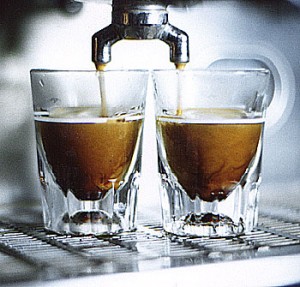There is that point when the really dark coffee from your espresso machine starts to lighten – known as the crema. What if you cut the pressure off just before the color changes? What if you let it go a bit longer as the color goes light? How about steaming your milk… while having the foaming head just below the surface froths the best, what if you went deeper initially. Will the milk taste a lot different if you heat from the bottom or the top of the milk container? How much difference does 160 vs 165 vs 180 degree milk?
There is the text book ‘right’ answer to all of the above. Very specific rules that you can find if you look around the internet or learn in a school. To understand the difference between acceptable espresso compared to great espresso is more than if it is more bitter or mild. There are many items you will want to take into consideration when rating a drink.
The International Coffee Organization has a long list of items that you may want to look over to think about when you take your cup in hand. Aromas… ashy, burnt, medicinal, chocolate-like, carmel, and many more. Tastes… acidity, bitterness, sweetness, saltiness and sourness. Mouthfeel… body and astringency. A lot of descriptive words, that they offer more detail to so you can use the information to narrow down what your really experiencing.
Randy Glass back in 2006 did a very nice reading post called “A Beginners’ Guide to Tasting Espresso”. He took a similar list to the one I referenced above to work his way through his settings and bean options. You may relate to everything you have heard about wine tasting, espresso is very similar.
After paying attention to the aroma, taste and feel of different coffees… you will have an advantage of knowing what your drinking and if the preparer has done it with care and fresh products. It’s all about enjoying your espresso!

